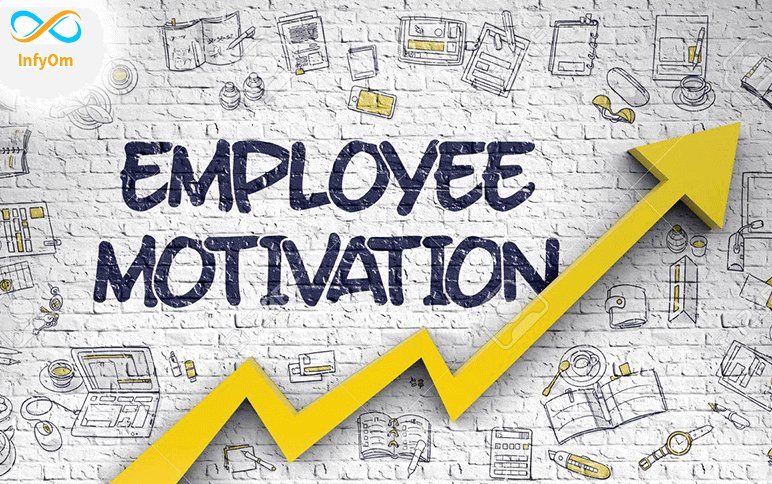Human Resources Functions: 8 Areas to Focus on

When it comes to the human resources department, there are many different functions that need to be carried out in…
Motivational Theories

To enhance productivity at the workplace, Motivation is essential. but the question is how to motivate employees. Well,…
Importance of Employee Motivation

Importance Motivation allows management to attain its goals. Without motivation, It’s too difficult to attain…
Motivation tips for Employees in Work Area

Motivation leads employee toward higher job satisfaction, High productivity, Low turnover and it’s the need of the…
Absenteeism At Workplace

Absenteeism is the critical problem for each organisation and therefore, Organisation need to take great care of all…
Understanding of Employee’s Value Circle

To Engage employees in the organisation Effectively, Understanding of employees’ Value circle is must for HR…
SWOT Analysis – Strategic Planning- 2

SWOT Analysis is a Powerful way to Evaluate your business and choose the best ideas for future…
SWOT Analysis – Strategic Planning

SWOT Analysis is a strategic planning framework which helps business to identify Strengths, weaknesses, threats,…
Balanced Scorecard : Strategic Management System-3

In the last blog we have discussed two perspectives namely Financial Perspective and Internal Process perspective out…
Balanced Scorecard : Strategic Management System-1

BSC is a framework which include financial and non-financial strategies to measure the long-term success of any…